Colour, Grit and Surface Finish: How Subtle Differences Change Slip Ratings (AS 4586:2013)
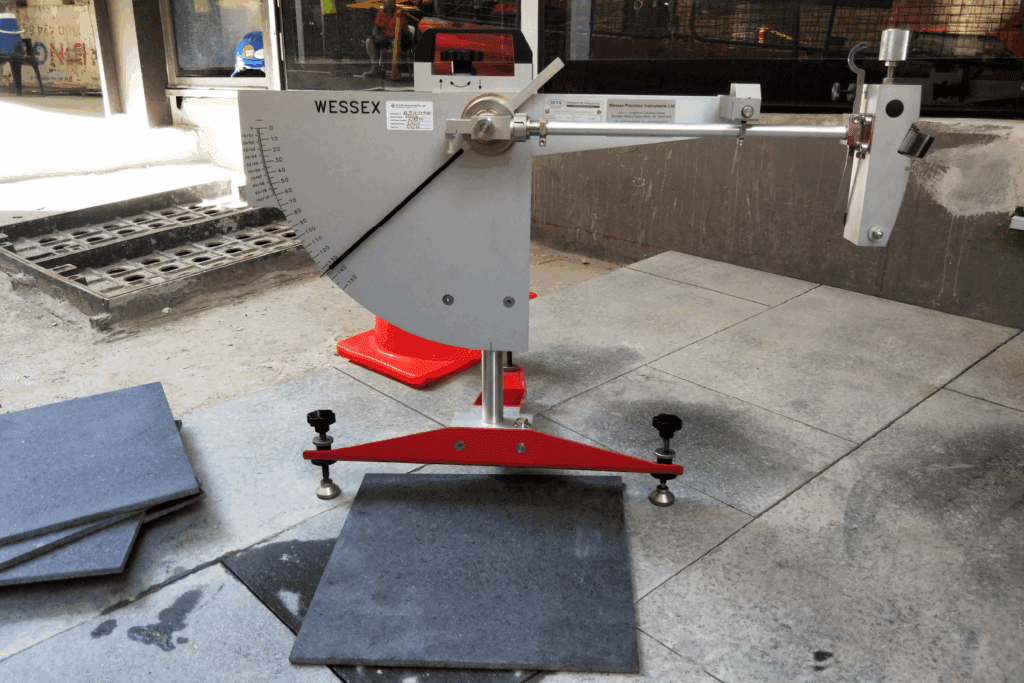
Colour, grit and finish change slip resistance. Learn why P-ratings vary across tile ranges and coatings
Why One Slip Test Isn’t Enough for Product Lines (AS 4586:2013)
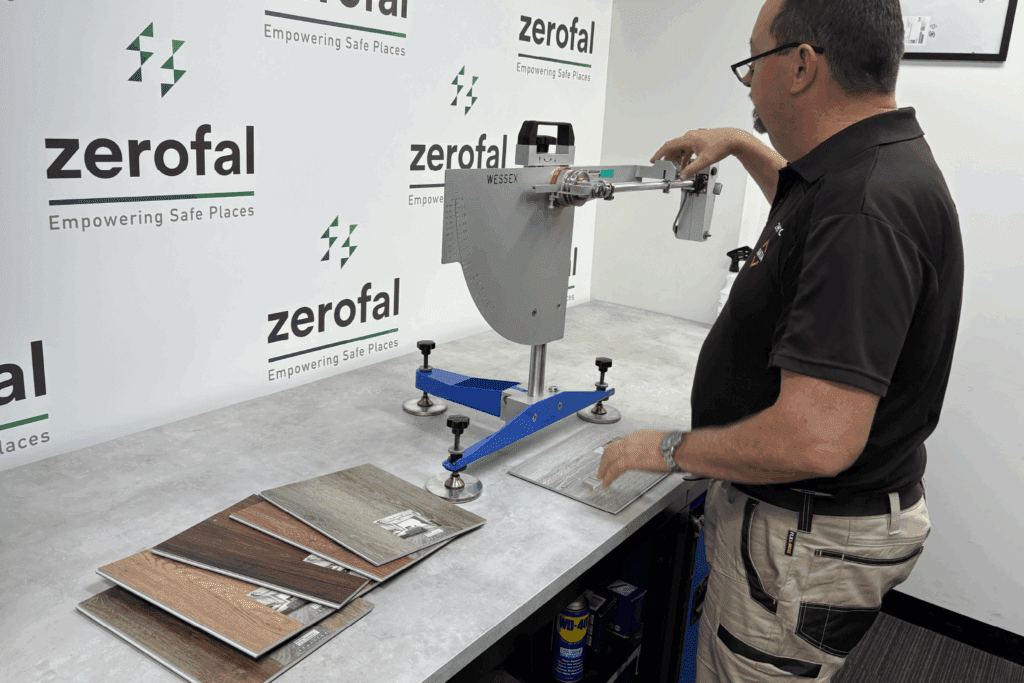
Slip resistance varies across colours and finishes. Learn why one AS 4586 test cannot certify an entire product line.
Industrial Slip Resistance: Dust, Boots & Coating Drift (AS 4663:2013)
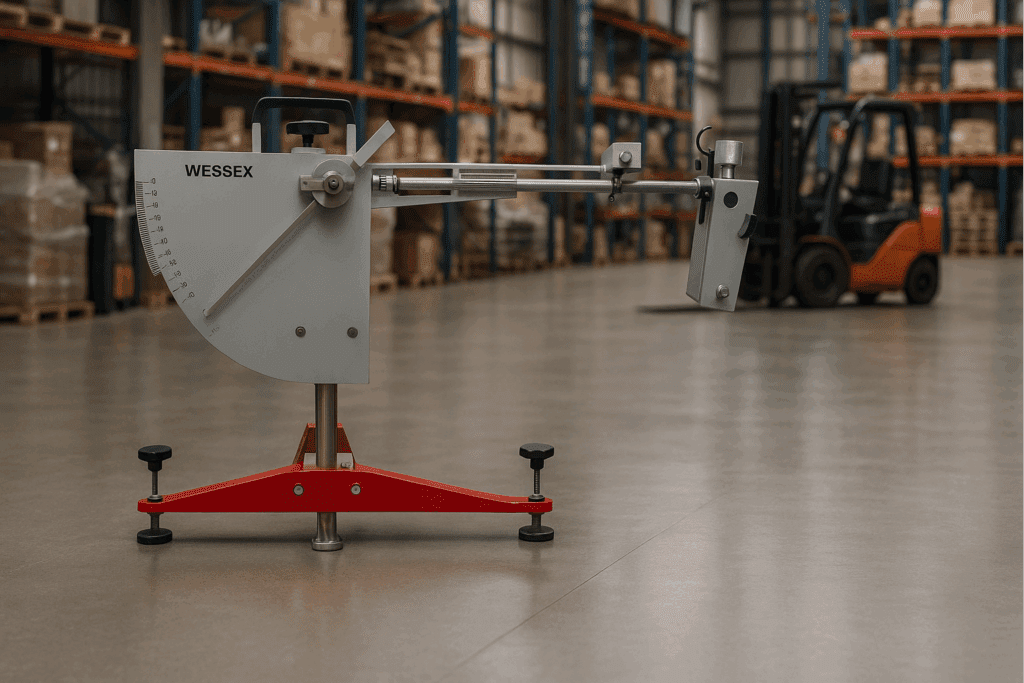
: Industrial floors change fast. Learn how dust, coatings and machinery reduce slip resistance and why AS 4663 onsite testing is essential.
Slip Ratings Demystified: P4, P5, and Why They Matter (AS 4586:2013)
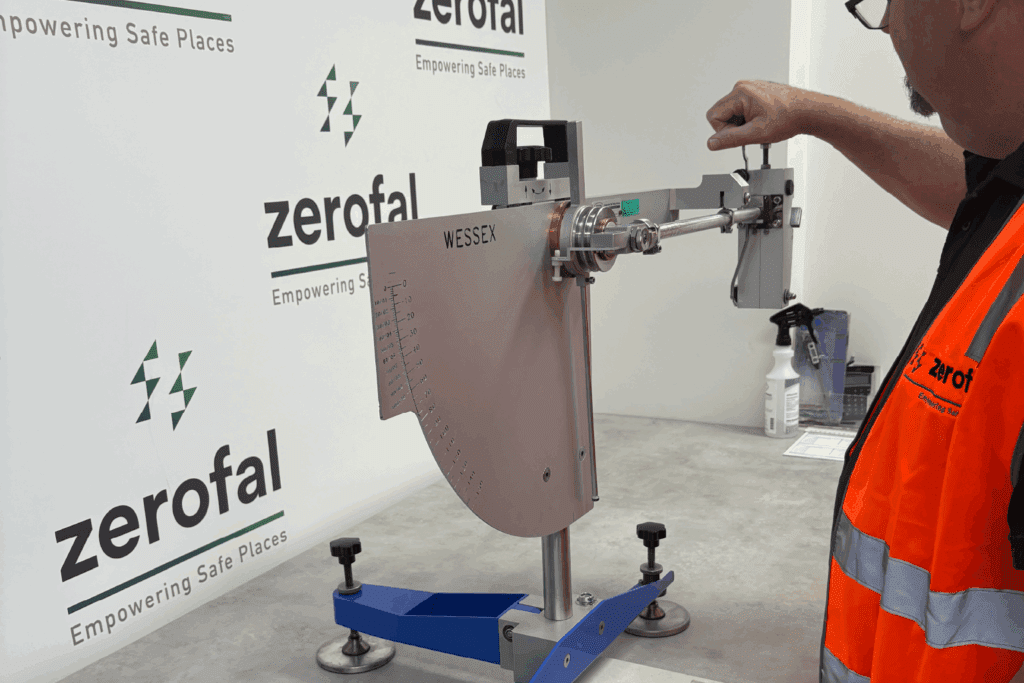
Understand P4 and P5 slip ratings under AS 4586 and how wet pendulum testing determines compliance.
How Much Does Slip Resistance Lab Testing Cost?
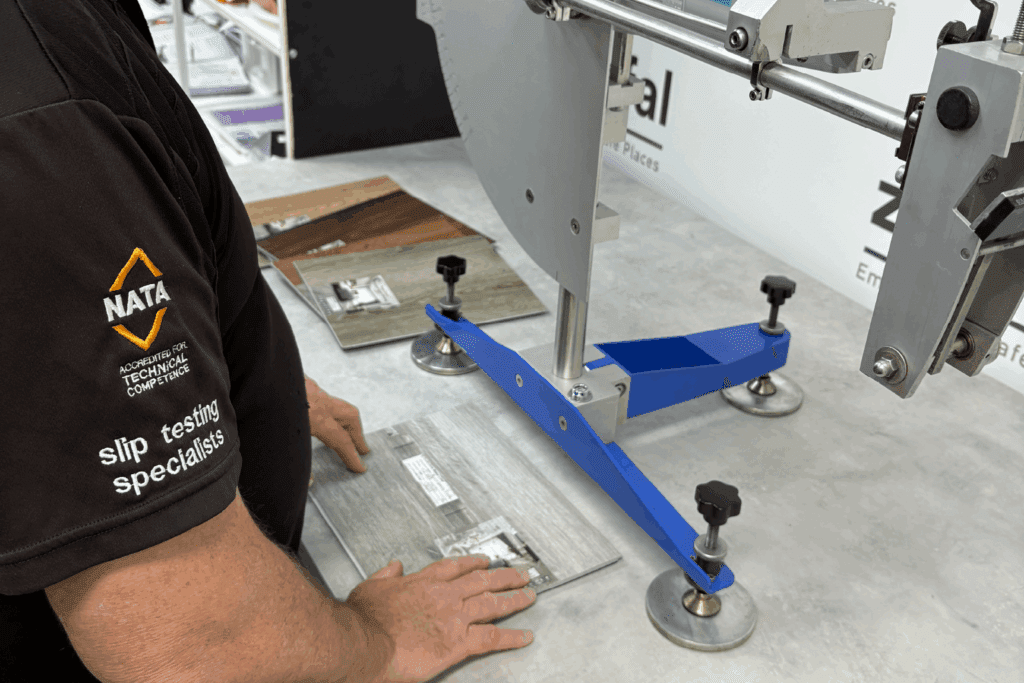
Slip resistance testing costs depend on surface type, number of samples, and method (wet pendulum or dry friction). This guide explains typical AS 4586 lab pricing, what’s included in a Zerofal test report, and how accurate certification protects your project from compliance risk.
Cure Time Matters—Avoid Testing Too Soon
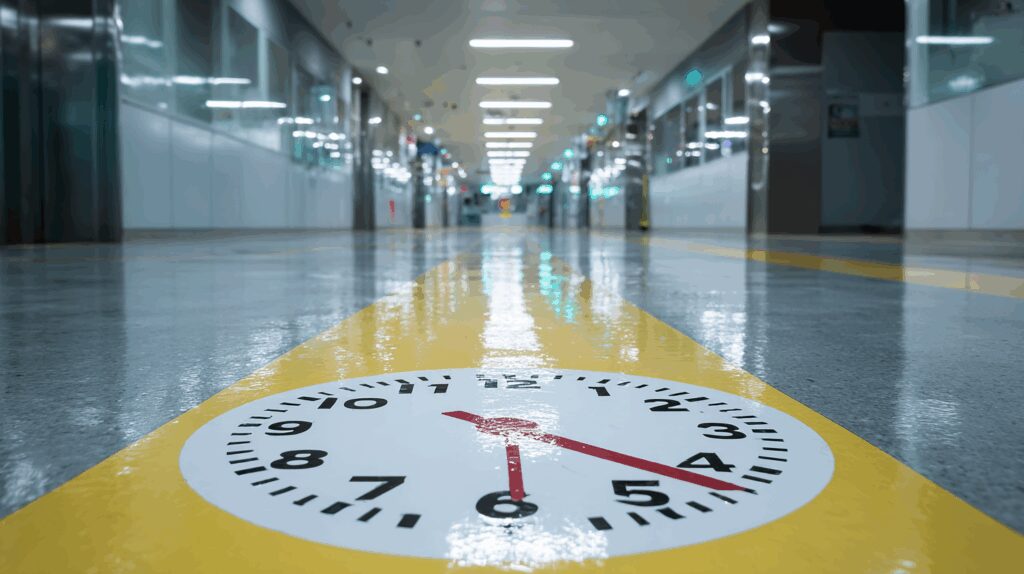
Curing is one of the most overlooked factors in slip resistance testing. This article explains how premature testing can understate performance, invalidate AS 4586 results, and cost clients compliance. Learn the right waiting periods for coatings, sealants, and concrete surfaces before testing.
Is Your Sample Ready? Prep Checklist
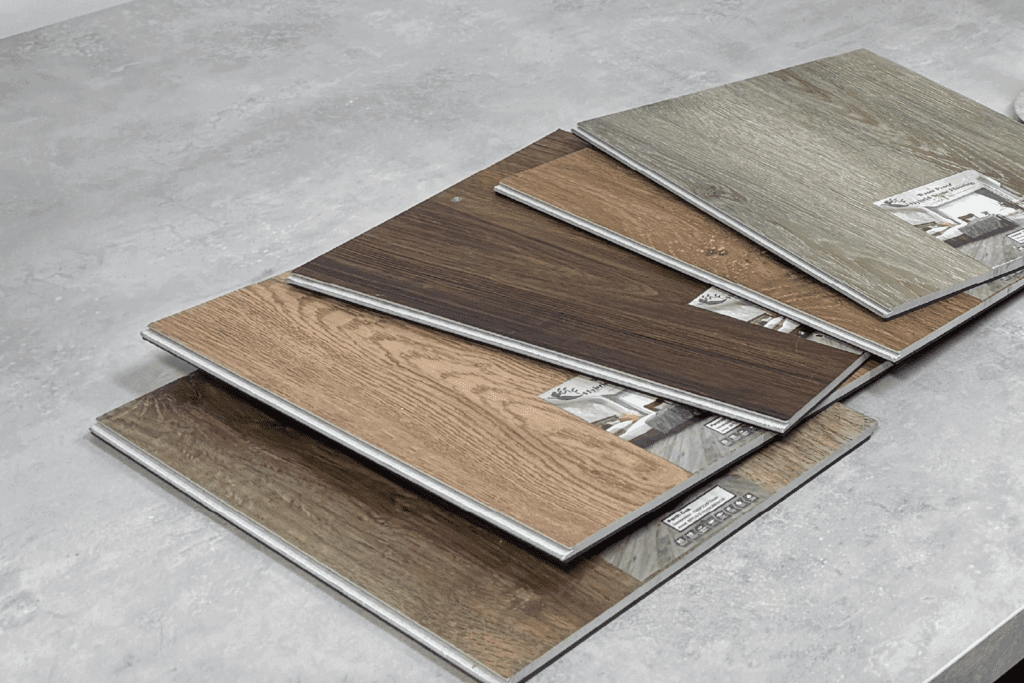
Accurate slip resistance results start before the test begins. This guide outlines how to prepare your samples for AS 4586 testing – covering size, cleaning, curing, and packaging – to ensure reliable, certifiable results the first time.
Local Gov: Public Paths, Parks & Liability
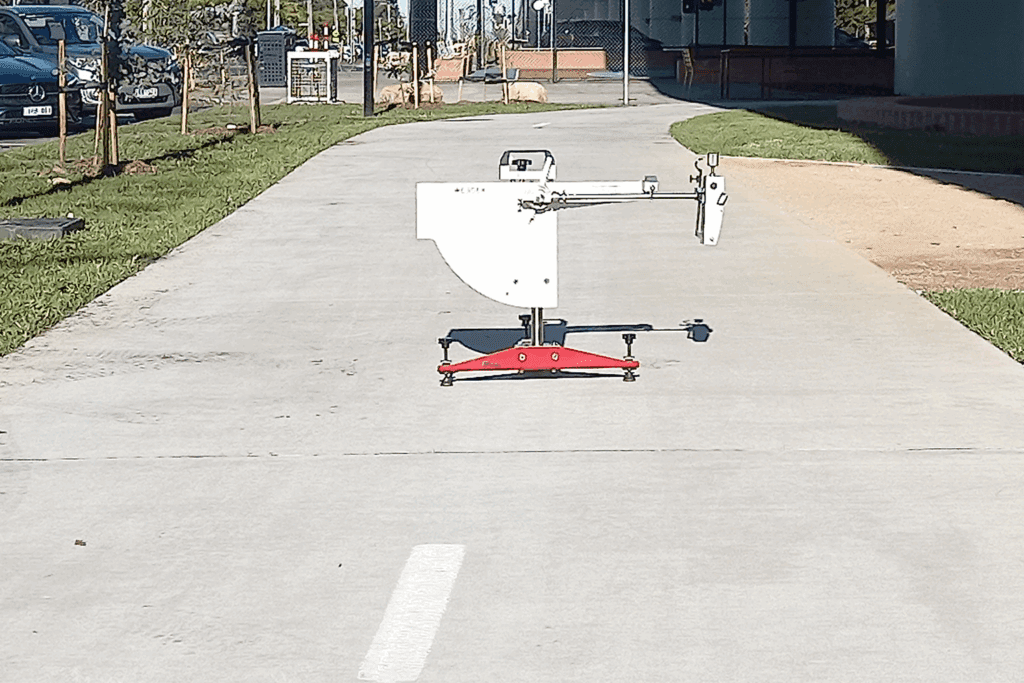
Public spaces are high-risk environments for slips, trips, and falls. This article explains how councils can use AS 4586 and AS 4663 testing to manage liability across parks, paths, and public facilities – protecting both people and budgets through data-driven maintenance and compliance.
Designing for Safety: Slip Resistance as WHS Architecture

Slip resistance is more than a compliance test – it’s part of architectural safety design. This article explores how AS 4586 and AS 4663 testing integrate into WHS planning, helping architects and builders design for compliance from the ground up.
Understanding D0 vs D1 in Dry Slip Testing
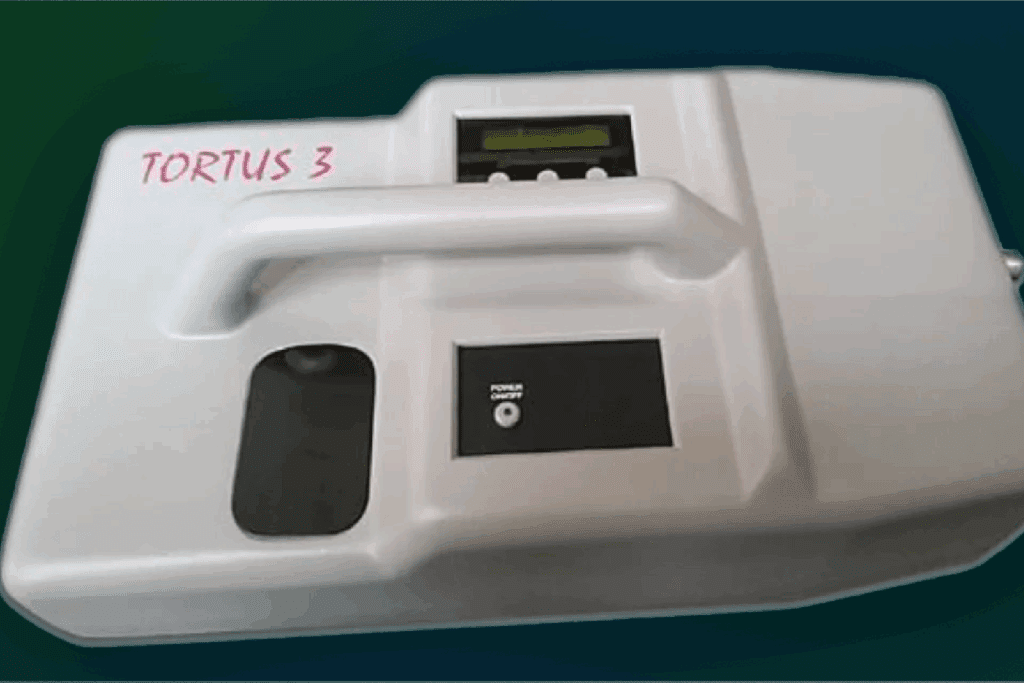
AS 4586:2013 classifies dry-use surfaces as D0 or D1. Learn why the cut-off matters and why even one low result can mean a fail.
